High pivot suspension, mixed wheel sizes, electronics, carbon or alloy? In the cycling world, the line between meaningful solutions and hype isn’t always clear cut. To help you decide which enduro bike suits your needs best, we’ve summarised the 10 most important findings from our big enduro bike group test 2022.
“All that glitters is not gold.” reads one of the most famous lines from the Merchant of Venice. Mr Shakespeare was bang on the money in 1596 and the same applies to the latest generation of enduro bikes. One more reason for us to delve a little deeper into our 2022 enduro bike group test to collect the most important findings, identify the hottest trends of the year and draw our conclusions. In this article, we’ll tell you everything about the latest generation of enduro bruisers and what their future looks like.
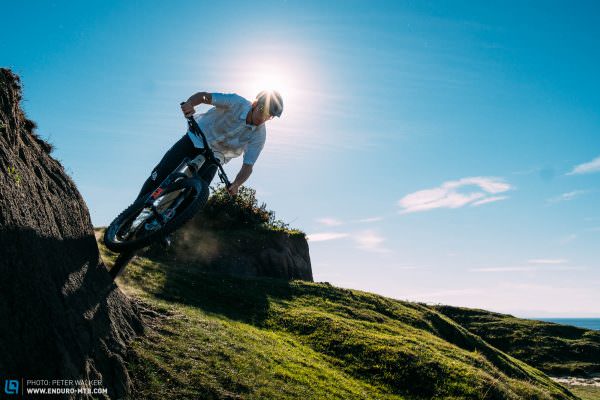
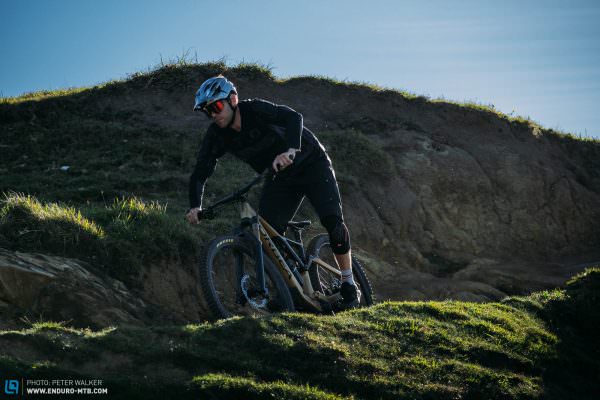
Are shorter chainstays always better?
Chainstay length is considered to be a major indicator of the character of a bike.
However, handling never depends on a single measurement but the interplay between different values. In other words, it’s all about the right balance between the front and rear triangle. Our Best in Test, the SIMPLON Rapcon, has 443 mm chainstays in size L, which harmonise perfectly with its 475 mm reach. Moreover, SIMPLON change the chainstay length in proprtion to the frame size to ensure consistent handling across all sizes. As a result the Rapcon convinces with extremely intuitive and balanced handling, enabling spontaneous changes of direction and allowing you to manoeuver the bike intuitively, whether you’re racing a blind stage on technical trails or just trying to make it back to the car park in one piece after a long, exhausting day in the saddle. If the reach to chainstay ratio isn’t right, you may end up too far back over the rear wheel. This will inevitably cause the shock to sink deep into its travel and force you to shift your weight over the front wheel to keep it tracking. For this reason, choosing your bike based on isolated geometry values i.e. the shortest possible chainstays, is risky and, quite frankly, pointless.
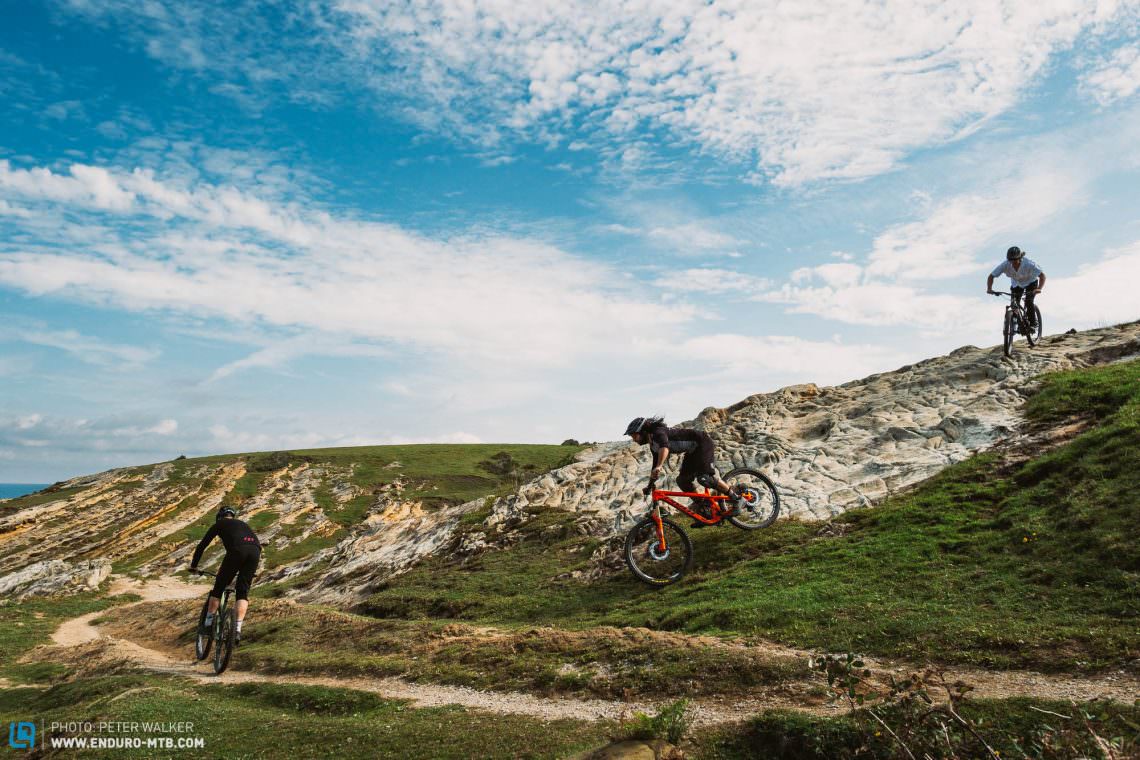
Arm pump is a byproduct of poor braking performance
How did we get to this conclusion? All bikes in our group test come equipped with high-end forks, eight of which are burly FOX 38s with a GRIP2 damper. Needless to say, this makes it a lot easier for us to analyse and compare the individual characteristics of the bikes. However, despite running nearly-identical fork settings, using the same brake lever position and taking into consideration the differences between other components such as the wheels and handlebars, arm pump varied substantially from bike to bike. Here’s why: smaller brake rotors overheat more quickly and require greater strength to deliver the same braking power. Four test bikes came with a massive 220 mm rotor at the front, providing more braking power and better modulation. Less arm pump = more fun on the trail!
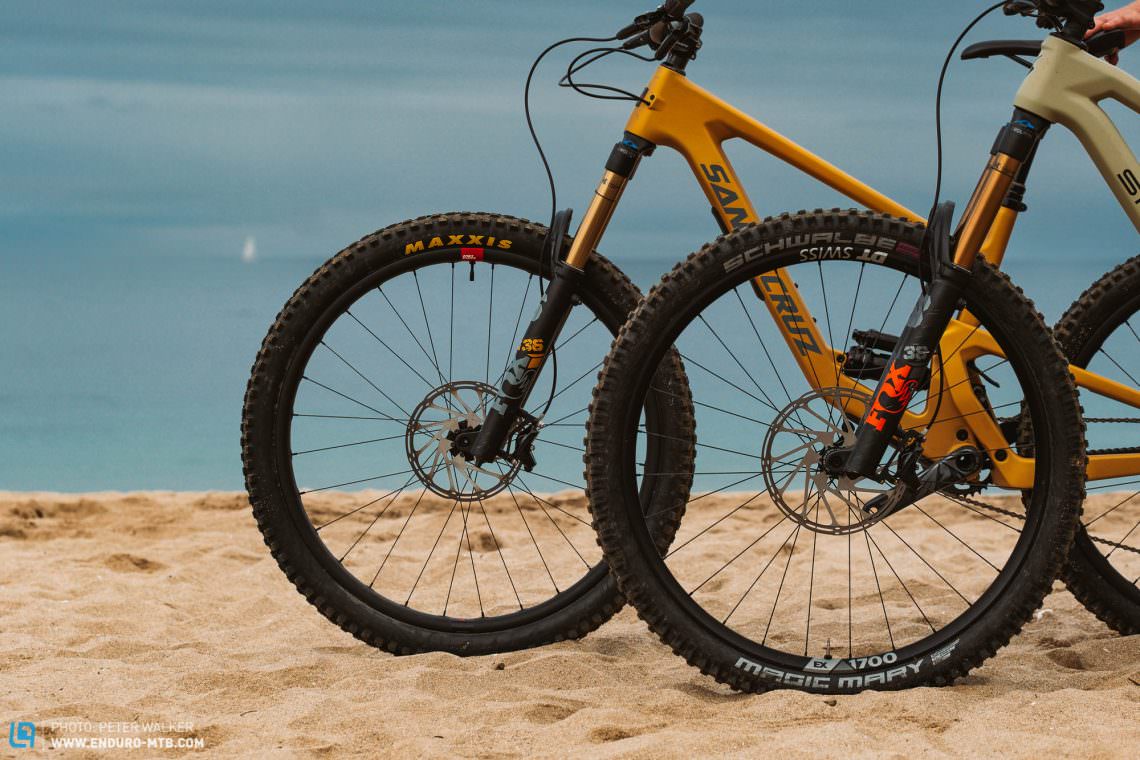
Stiff, stiffer, too stiff?
10 out of 11 bikes in this test rely on a stiffer FOX 38 or RockShox ZEB fork. Their skinnier counterparts, the FOX 36 and RockShox Lyrik, use the same air spring but have a more compliant chassis due to their smaller stanchion diameter. In principle, this makes them a particularly good option for light and less aggressive riders. Increased stiffness ensures more accurate and responsive handling but also requires greater physical strength. Consequently, the degree of stiffness should always remain within reasonable limits and be proportional to the weight and riding style of the rider and thus the different forces applied to the bike. Conversely, heavy and aggressive riders will benefit from the increased stiffness of burlier forks. You can find more information about the different forks in our mountain bike fork test.

Partners in crime: rear suspension and shock
A rear suspension system is only as good as the shock it employs – and vice versa! The two are closely interlinked, mutually dependent and can only work efficiently if they harmonise well. That’s why upgrading to a “better” shock isn’t necessarily going to improve your rear suspension, unless the shock is tuned to match the bike’s kinematics. For example, the rear suspension of the Santa Cruz Bronson is optimised specifically for the RockShox Super Deluxe air shock, which explains why Santa Cruz spec the same shock across the entire Bronson range (except for the entry-level model, which comes equipped with a cheaper FOX Float X shock). Another shock just wouldn’t do the bike justice, no matter how expensive or bling it may be!
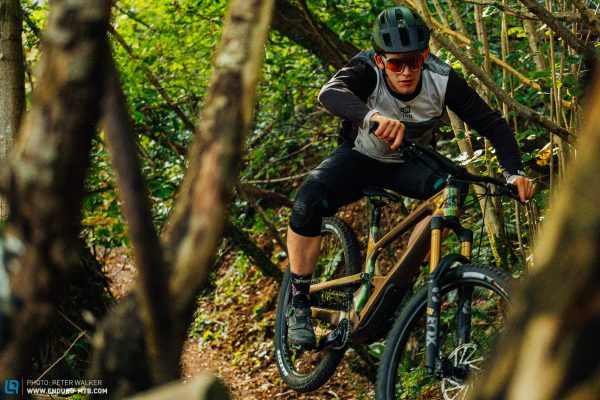
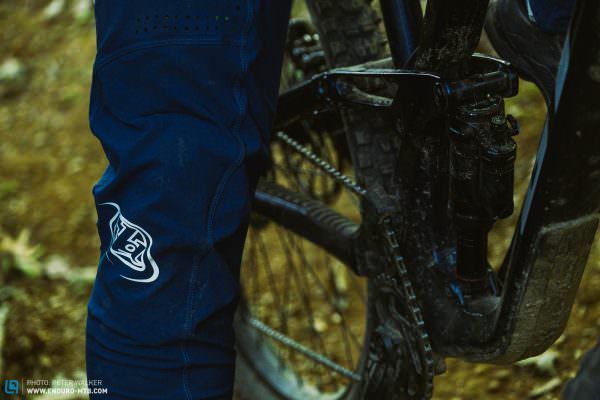
High pivot enduro bikes are just internet hype
Judging by what we read in most mountain bike forums, high-pivot bikes are bound to become the next big revolution in mountain biking. Sorry to shatter your dreams, they’re not! Like any other suspension system, a high pivot design has its pros and cons and won’t always gel with a bike! This depends on how the system was developed and whether it harmonises with the overall concept of the bike. The two high pivot bikes in our group test proved just that: while the Cannondale Jekyll impressed our test team with excellent rear suspension performance and great composure, the GT Force was the biggest disappointment in this test, mainly due to its poor suspension performance.

Grippy tires and robust wheels are worth their weight in gold – At least for enduro bikes!
The right choice (and combination!) of wheels and tires makes a huge difference on the trail. With a few exceptions, alloy rims are more compliant than their carbon counterparts, which allows them to flex and conform to the terrain. On the other hand, carbon rims are generally much stiffer laterally than aluminum rims, responding to steering input more willingly and providing more direct feedback from the ground. Moreover, the added stiffness prevents the rim from flexing with heavy G-outs and big compressions, i.e. when carving through a berm at full speed. However, razor-sharp handling and direct feedback demand more concentration and physical strength and can lead to increased fatigue. You can find more information about the difference between carbon and aluminium in our Carbon myth article.
That being said, some carbon wheels, like the Crankbrothers Synthesis on the YT Capra, are designed with more vertical compliance, thus feeling more like a lightweight aluminum wheel on the trail. One of the recurring problems in this test: many manufacturers still run puncture-prone tires on expensive carbon wheels. With nasty pinch flats, this combination could easily lead to a broken rim, while with alloy wheels, you’re most likely to get away with a dented rim. That’s why carbon wheels should always be paired with robust tires. As a matter of fact, tough tire casings are generally the better choice, even with alloy rims, allowing you to run lower air pressures without compromising puncture protection. Lower pressures generally allow for more grip, because the tire can deform around roots and rocks rather than bouncing over them. While robust tires are significantly heavier than their thin-walled counterparts, the extra weight has its advantages for gravity-oriented bikes: as the speed increases, the higher rotating mass also improves stability. In other words, the faster you ride, the more composed the bike feels and even if you slam on the brakes before a switchback, you can still swing the bike around the corner without too much effort, even at very slow speeds. Bikes like the SIMPLON Rapcon feature an alloy wheelset and robust tires. Despite the sturdy wheel/tire setup, it’s still one of the most agile bikes in this group test. On the other hand, the Pivot Firebird demands a vigilant riding style at all times and quickly loses traction, not least because the fragile tires require higher air pressures.
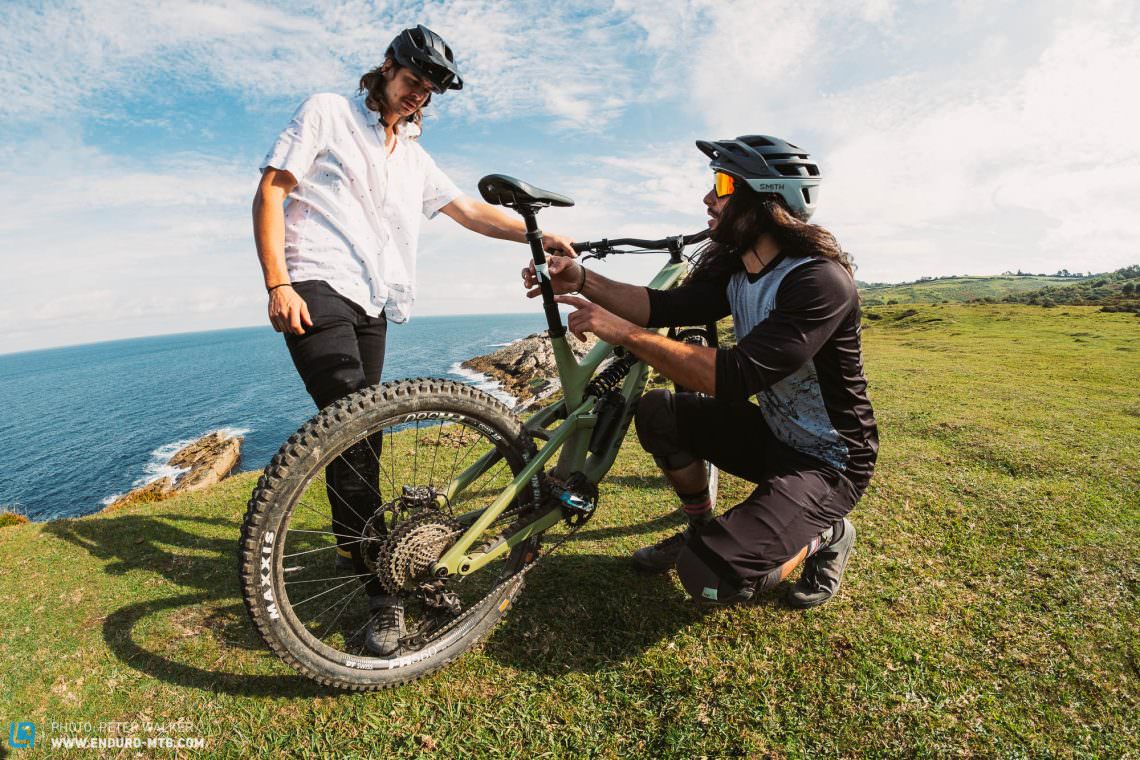
We like to move it, move it – Short seat tubes and dropper posts on enduro bikes
Unfortunately, seat tube length isn’t something you can change yourself. That in itself is a good reason to get familiar with the pros and cons of a short seat tube before buying your new bike. If the seat tube is short in relation to the reach and the dropper post can be inserted all the way into the frame, you’ll have plenty of freedom of movement when descending. Particularly on steep terrain, inspires confidence and allows you to shift your weight over the rear wheel without too much effort. Moreover, a short seat tube allows you to choose the frame size based on your desired reach and riding style. Very important: a short seat tube only makes sense when combined with a long-travel dropper that allows you to insert the post all the way into the frame. Once again, the SIMPLON Rapcon comes out on top of the competition, ensuring excellent freedom of movement with its short seat tube and 200 mm dropper. On the other hand, the YT Capra has a very long seat tube and a dropper post with only 170 mm travel, which heavily restricts freedom of movement.
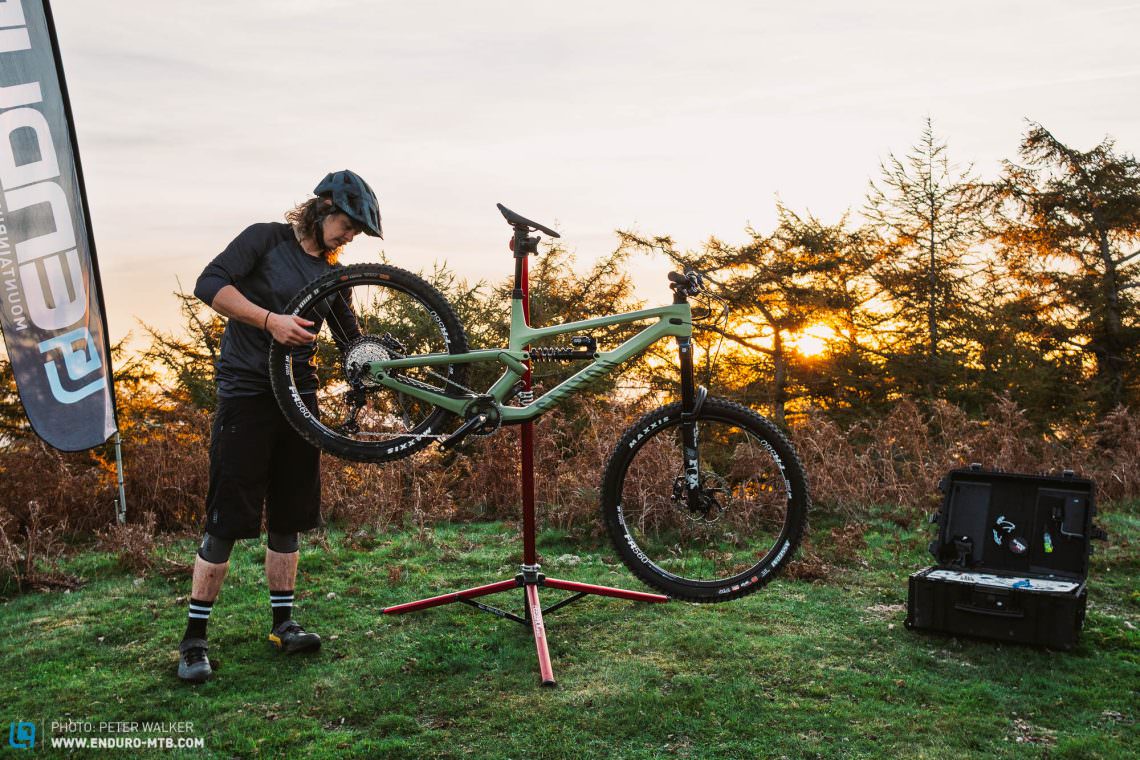
Long live enduro bikes – A matter of durability and ease of maintenance
Quality, durability and ease of maintenance should play a major role in your purchasing decision! After all, most of our readers have owned their current bike for around 3 years. Our latest enduro test has proven that bike manufacturers are slowly recognising the importance of robust components, with bikes like the Nukeproof Giga leaving nothing to be desired as regards the spec. With other bikes, there’s still plenty of room for improvement and we can only hope that in the future all manufacturers will start using components that do justice to the character and intended use of the bike. Overall, the quality of single components left a lot to be desired in this year’s group test. In particular, the wheelsets of the GT, Cannondale and Canyon weren’t tough enough to withstand the abuse of tough enduro riding, forcing us to tighten the spokes several times during our testing. The quality of a wheelset depends just as much on its individual components as it does on the quality of the build.
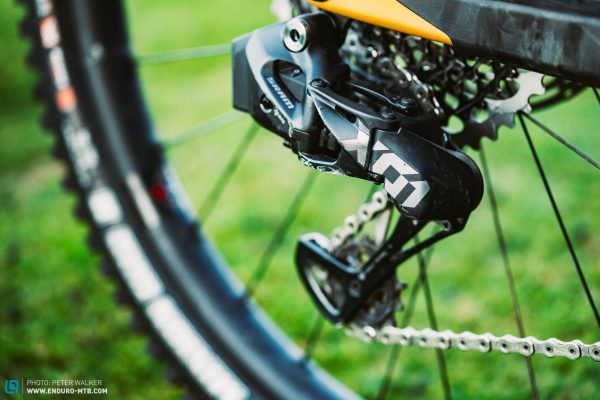
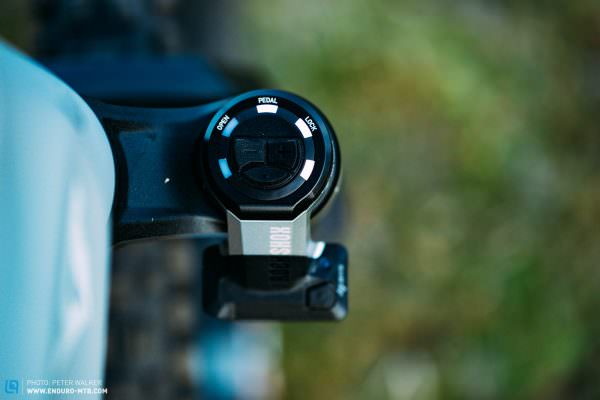
Digital analogue bikes
We’ve never seen as many LEDs and batteries as we have in this year’s group test. When talking about batteries, we’re not referring to the Light eMTB in this test, but to the countless wireless SRAM AXS components and RockShox’s electronic Flight Attendant suspension system. But is all of this really necessary? Yes and no… The YT Capra benefits enormously from the electronic suspension system while the lightning-fast action of the AXS dropper is a true godsend on technical trails. Unfortunately, the latter is currently available with just 170 mm travel, which is simply too little for many frame designs. In some cases, we would even prefer a mechanical dropper with a little more travel instead of the fancy AXS post. Moreover, electronic components require charging at regular intervals and some AXS components can be activated by vibrations when transporting your bike in a car, leaving you with a drained battery before you start riding. To prevent this, we recommend removing the batteries when you’re not riding.
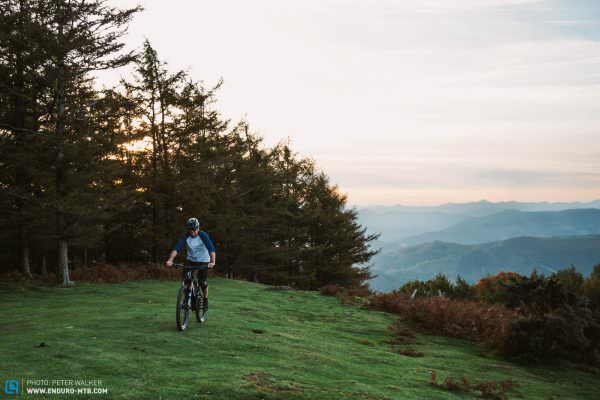
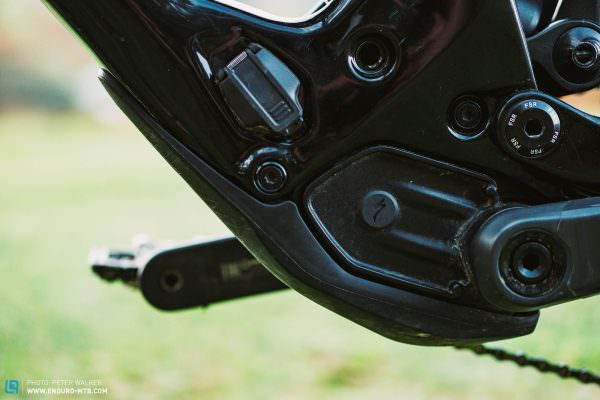
Are Light eMTBs bikes the better enduro bikes?
It goes without saying that Light eMTBs like the Specialized Kenevo SL lead the climb to the trailhead, leaving their motorless competitors far behind, despite using a small motor and battery. Going downhill, the additional mass results in more traction and stability. That being said, Light eMTBs aren’t as nimble as their analogue counterparts and, while they’re not necessarily less fun, have a very different character.
At the end of the day, it’s up to you to decide which type of bike suits your needs and riding style best. The bottom line is: more laps = more fun and bikes with support always win, at least in this equation.
Did you enjoy this article? If so, we would be stoked if you decide to support us with a monthly contribution. By becoming a supporter of ENDURO, you will help secure a sustainable future for high-quality mountain bike journalism. Click here to learn more.
Words: Peter Walker Photos: Peter Walker









